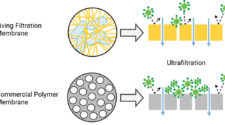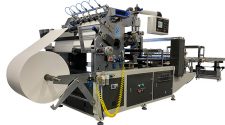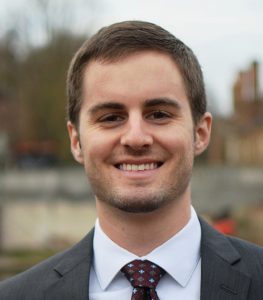
4th Year Ph.D. Candidate
Yale University
Department of Chemical and Environmental Engineering
Professor/Advisor: Menachem Elimelech
Ryan DuChanois is a fourth-year graduate student at Yale University, where he is pursuing a Ph.D. in chemical and environmental engineering under the supervision of Professor Menachem Elimelech. Prior to Yale, Ryan received a B.S. in Civil Engineering from the University of Arkansas and an M.Phil. in Engineering for Sustainable Development from the University of Cambridge as a Gates Cambridge Scholar. After Cambridge, Ryan joined the Elimelech research group to pursue his Ph.D. because of his interest in improving the sustainability of membrane-based water purification and desalination.
One approach to improving the sustainability of water purification processes is to create membranes that can selectively remove specific species from water, such as valuable resources (e.g., lithium or metals) or hazardous contaminants (e.g., nitrate or boron). Energy-efficient processes able to reclaim resources and selectively remove contaminants would promote a circular economy, protect the environment and produce safer water. Ryan is developing membranes that are highly selective for heavy metals with inspiration from the principles for molecular recognition found in biological ion channels. Ryan envisions that membranes with precise selectivity could transform how we manage the “waste” in wastewater.
Research overview
Ion-exchange is one of the more prominent highly selective treatment technologies, but it requires periodic chemical backwashing to regenerate binding sites due to specific, irreversible interactions with target species. Other ion-selective technologies include supported liquid membranes and polymer inclusion membranes, which rely on complexing agents to selectively bind to the target species at the membrane interface and shuttle it to the other side. The downfall of these membranes is their poor stability, limited lifetime, and/or low throughput.
Ryan’s research demonstrates how design principles from biological ion channels can overcome the limitations of the aforementioned technologies. Ryan incorporates selective functional groups into a thin polymer coating on top of porous supports. The membranes obtain remarkable separation factors (> 50) in diffusion dialysis between like-charge species that are similar in hydrated size (< 0.05Å different). Using experimental characterization and simulations, Ryan demonstrates the significant role of intermolecular interactions between the metal and the membrane in controlling selectivity. Additionally, Ryan has found that high permeability and selectivity require that the membrane be very thin, similar to the sub-nanometer length of selectivity filters in biological ion channels.
Future work will aim to produce ultrathin, robust membranes that are highly selective in an electro-driven process to maximize ion throughput. Such a process would provide a continuous, chemical-free approach for high-precision separations. These membranes could improve the viability of recovering valuable metals from wastewater and future ion-selective membranes could enable targeted removal of harmful contaminants or recovery of other precious resources.
One approach to improving the sustainability of water purification processes is to create membranes that can selectively remove specific species from water, such as valuable resources (e.g., lithium or metals) or hazardous contaminants (e.g., nitrate or boron). Energy-efficient processes able to reclaim resources and selectively remove contaminants would promote a circular economy, protect the environment and produce safer water.
Career goals
In the final years of his Ph.D. program, Ryan hopes to produce a lab-scale prototype of a membrane that can selectively remove and recover metals from waste streams. He then plans to continue his research to develop ion-selective membranes for other water purification applications, such as lithium removal from brines and nitrate removal from wastewater, as well energy conversion/storage technologies.
After graduating from Yale, Ryan will continue his work on early-stage technology research and development. Ryan hopes to participate in laboratory research while influencing professional practice through science advisory boards and professional organizations. Ryan is also enthusiastic about teaching and/or mentoring. He is currently pursuing a teaching certificate at Yale and plans to teach at a university either as a faculty member or part-time instructor.
Later in his career, Ryan hopes to manage laboratory or institutional research and continue working on engineering problems at the water-energy nexus. One of his divergent professional aspirations is to expand the scope of academic opportunity for students in under-resourced high schools across America. In the meantime, he volunteers for organizations that provide STEM outreach programs to the local communities surrounding Yale.


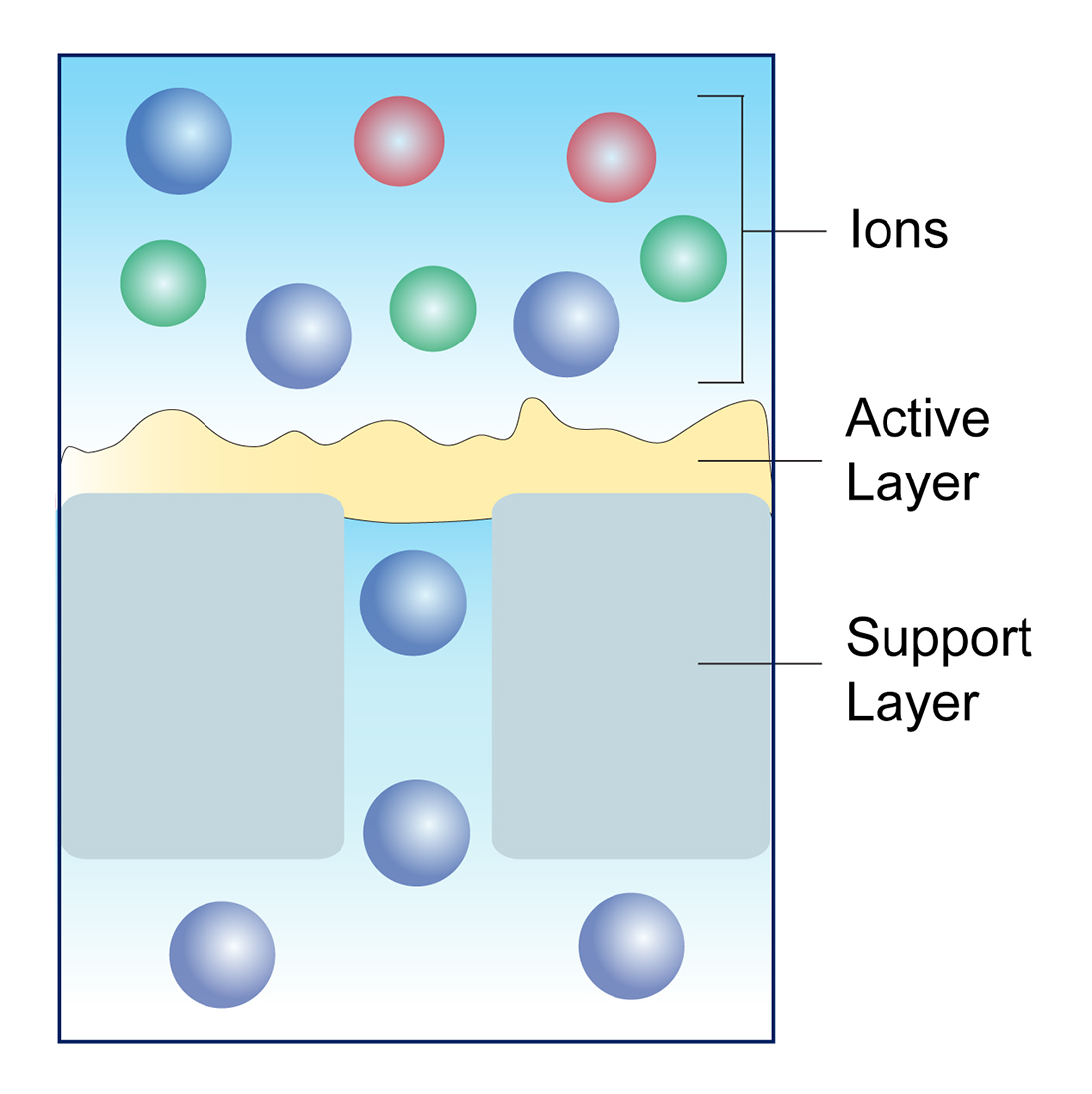

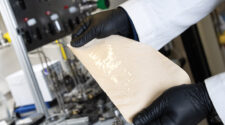
![Figure 1: Differentiation with membranes based on the famous Robeson diagram that plots selectivity vs. permeability. From Reference. [4]](https://www.filtnews.com/wp-content/uploads/IFN_042023_membranes_Figure1-225x125.jpg)
